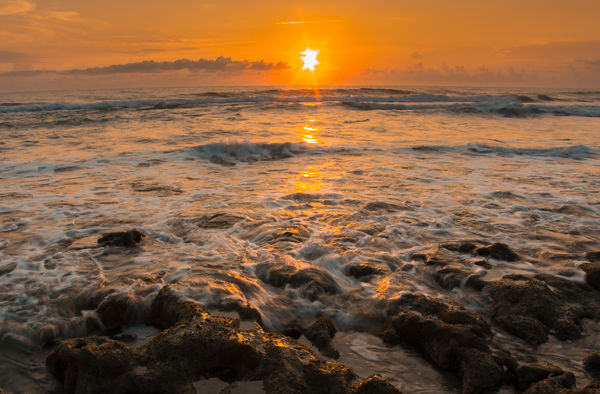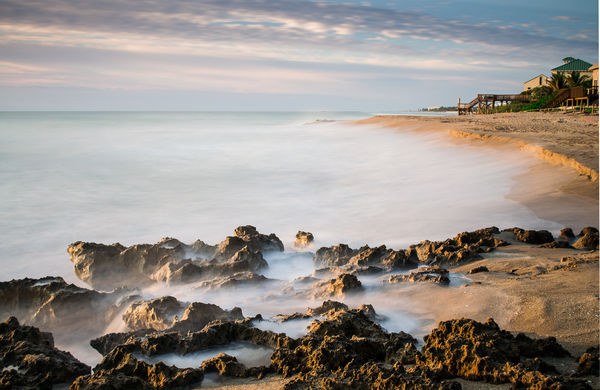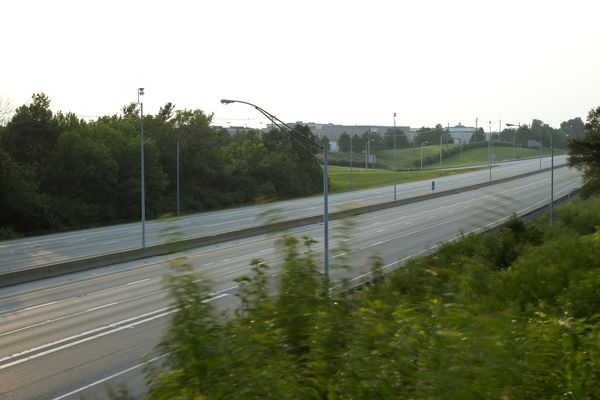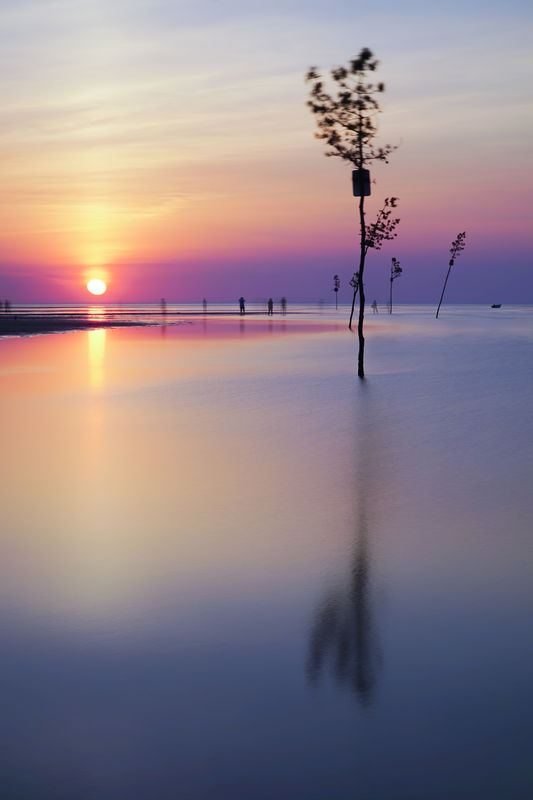Neutral density filter Why?
Dec 20, 2016 09:45:21 #
cyclespeed
Loc: Calgary, Alberta Canada
Hello,
I practice the rule which states, "don't buy anything you don't understand yourself". Now the problem is a good friend was admiring my latest shared images and on the occasion of my birthday was very generous and bought a neutral density filter (3 stops ). He said it would be an absolute must for some shots in Hawaii. I leave in 2 weeks and I'd like to be able to use it. Can you help by explaining some of the circumstances I would shoot with it on my Sony a6000? It fits the kit lens, 16 - 50 mm.
Thank you for your help.
I practice the rule which states, "don't buy anything you don't understand yourself". Now the problem is a good friend was admiring my latest shared images and on the occasion of my birthday was very generous and bought a neutral density filter (3 stops ). He said it would be an absolute must for some shots in Hawaii. I leave in 2 weeks and I'd like to be able to use it. Can you help by explaining some of the circumstances I would shoot with it on my Sony a6000? It fits the kit lens, 16 - 50 mm.
Thank you for your help.
Dec 20, 2016 09:50:41 #
Dec 20, 2016 09:50:56 #
ND's are used to slow your shutter speed down. If you want to smooth out the rise and fall of the ocean...or show clouds streaking etc. I'm not sure a 3 stop is enough to really slow it down enough but you can have fun experimenting. I could post example s of a 3 stop ND shot and a 10 stop ND shot, but I'm not sure if that is appropriate in this thread.
Dec 20, 2016 09:52:23 #
It would allow you shoot at slower shutter speeds. Think smoothing effects for water falls etc.
Dec 20, 2016 10:02:37 #
The article also mentions the graduated neutral density filter. While less necessary with graduated filters now available in post processing many swear by them. I only tried one by borrowing once at the Grand Canyon and it didn't work out but I am still considering getting a kit of them.
Maybe someone could illustrate good examples of use here.
Maybe someone could illustrate good examples of use here.
Dec 20, 2016 10:25:08 #
cyclespeed wrote:
Hello, br I practice the rule which states, "... (show quote)
I'm sure your friend was thinking you will be shooting a lot in bright sunshine. An ND3 will let you shoot a bit slower or wider in the sun, but won't be enough to smooth water etc. If you want smooth water or reflections on water etc, try 'Smooth Reflections' which is an App you download into your camera from the Sony Playmemories site. I think it costs $5 or $10 but is much cheaper than a ND10 or something like that. You will need a tripod. The App fires off 30 or 40 shots and stacks them in-camera. It saves a single normal sized jpg file to your card. I have a couple of ND filters, but the App is much easier to use for those types of shots. Attaching a shot I took with it to give you an idea of what I'm talking about
There are several other apps that are worth downloading once you get the hang of using the Apps.
Enjoy Hawaii.
Dec 20, 2016 12:44:12 #
Bobsan wrote:
It would allow you shoot at slower shutter speeds. Think smoothing effects for water falls etc.
Or allowing one to shoot with wide open aperture in very bright light, which how I mostly use the ND filter.
Dec 20, 2016 13:04:33 #
a 10 stop will let you shoot wide open during the middle of the day...if that's the look you want.
Dec 20, 2016 16:03:43 #
ND filters are pretty standard kit and there are loads of image examples available on the internet. Mostly used to blur sea water or allow you to 'remove' people from a shot. (slow speed allows people to walk out of shot without being recorded) Graduated filters 'slow the amount of light' when you have bright sun and want to include shadowed areas in the same shot. (eg. shooting up a waterfall and including the sky....you move the graduation so that you get balanced lighting so that if you wish you could slow the shutter and get a blurred cascade or simply 'show' detail in the darker areas that the bright sky suggests needs a higher speed.)
If you already have a ND filter look for a tutorial on its use and have a play.
have fun
If you already have a ND filter look for a tutorial on its use and have a play.
have fun
Dec 21, 2016 06:01:42 #
billnikon
Loc: Pennsylvania/Ohio/Florida/Maui/Oregon/Vermont
cyclespeed wrote:
Hello, br I practice the rule which states, "... (show quote)
I use ND filters primarily for smoothing out water in streams and oceans. I use a big stopper, 10 stop filter. I usually shoot at around 30 seconds on a very, very sturdy tripod. I use a Tiffen filter which also tends to enrich the shot for colors. I also use Minolta AF lenses that further enrich the colors of the shot. The nice thing about ND filters each and every shot you take comes out differently cause the water moves differently each and every time. My ten stopper is very easy to calculate, without the filter I get my exposure to come out a 1/30 of a second, that way, when I put my filter on, it becomes a 30 second exposure. Things to keep in mind, make sure your eyepiece is covered as stray light will get in and effect your exposure, also once you focus without the filter attached move lens to manual focus so it won't hunt during your long exposure. Enjoy and keep on shooting until the end.
Dec 21, 2016 06:09:33 #
repleo wrote:
I'm sure your friend was thinking you will be shoo... (show quote)
The problem here is the way the app uglified the tree. That would have been an excellent shot if done correctly; set the camera to burst mode and take a series of shots. In post processing, blend the water from the combined shots but use a single shot for the rest. Sharp trees, blurred water, eye-catching shot.
Dec 21, 2016 07:17:54 #
billnikon wrote:
I use ND filters primarily for smoothing out water... (show quote)
An ND filter is a must for controlling water in bright light (unless you want to freeze it of course) as water always has movement.
The first shot is at 1/8 second, while the second at 15 seconds turns water smoky.


Dec 21, 2016 08:02:05 #
I always like the way you can shoot a busy highway and have it look like it is empty. Moving vehicles don't have time to register on the sensor. Can bea very cool effect
Dec 21, 2016 08:14:40 #
sodapop wrote:
I always like the way you can shoot a busy highway and have it look like it is empty. Moving vehicles don't have time to register on the sensor. Can bea very cool effect
Yep. This was a 10-second shot of a busy interstate. f/16, ISO 100

Dec 21, 2016 08:15:27 #
Also good for getting rid of tourists (as long as they keep moving). Don't have any examples, but just let the shutter stay open for a while and the people who move through the shot won't show up.
If you want to reply, then register here. Registration is free and your account is created instantly, so you can post right away.









